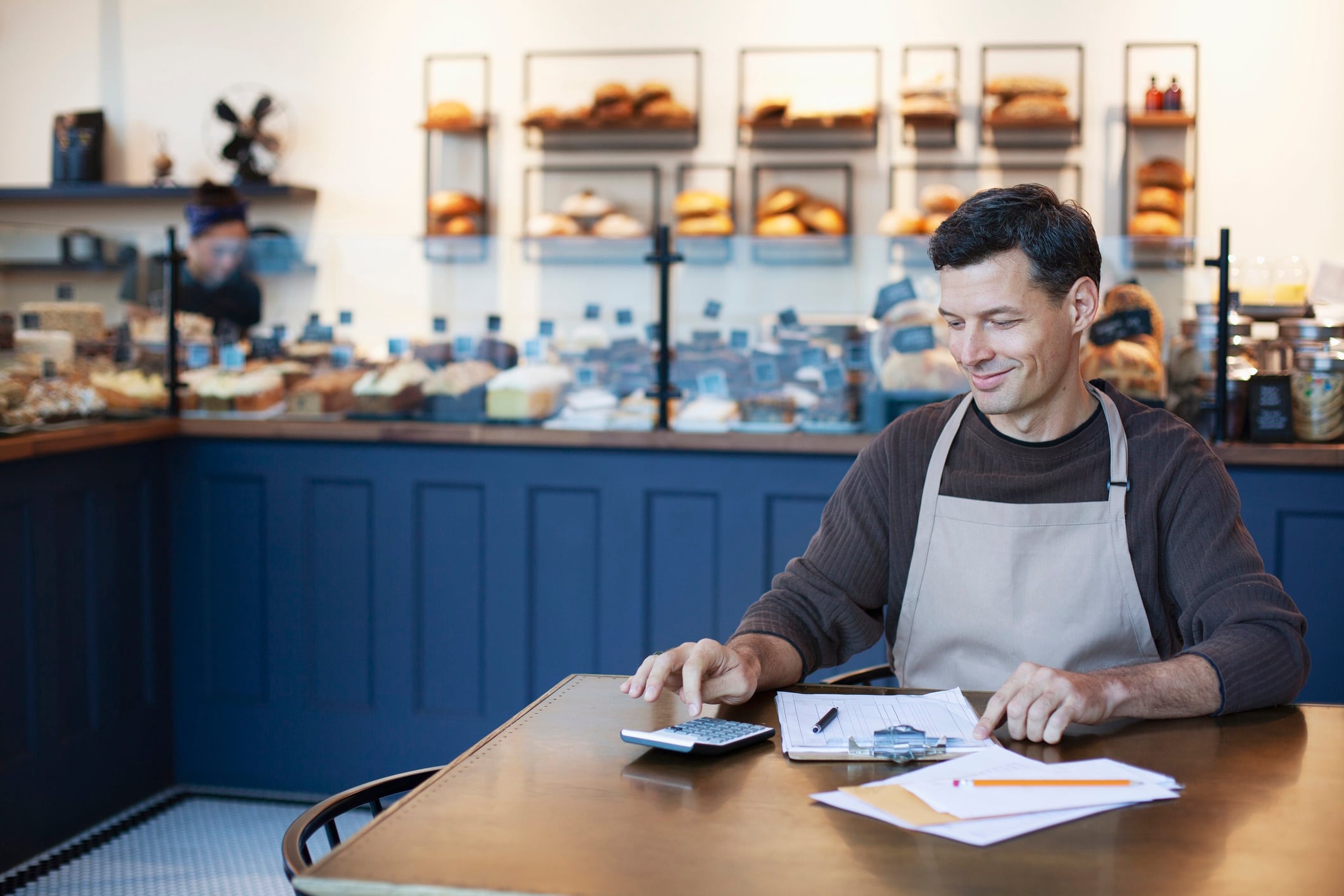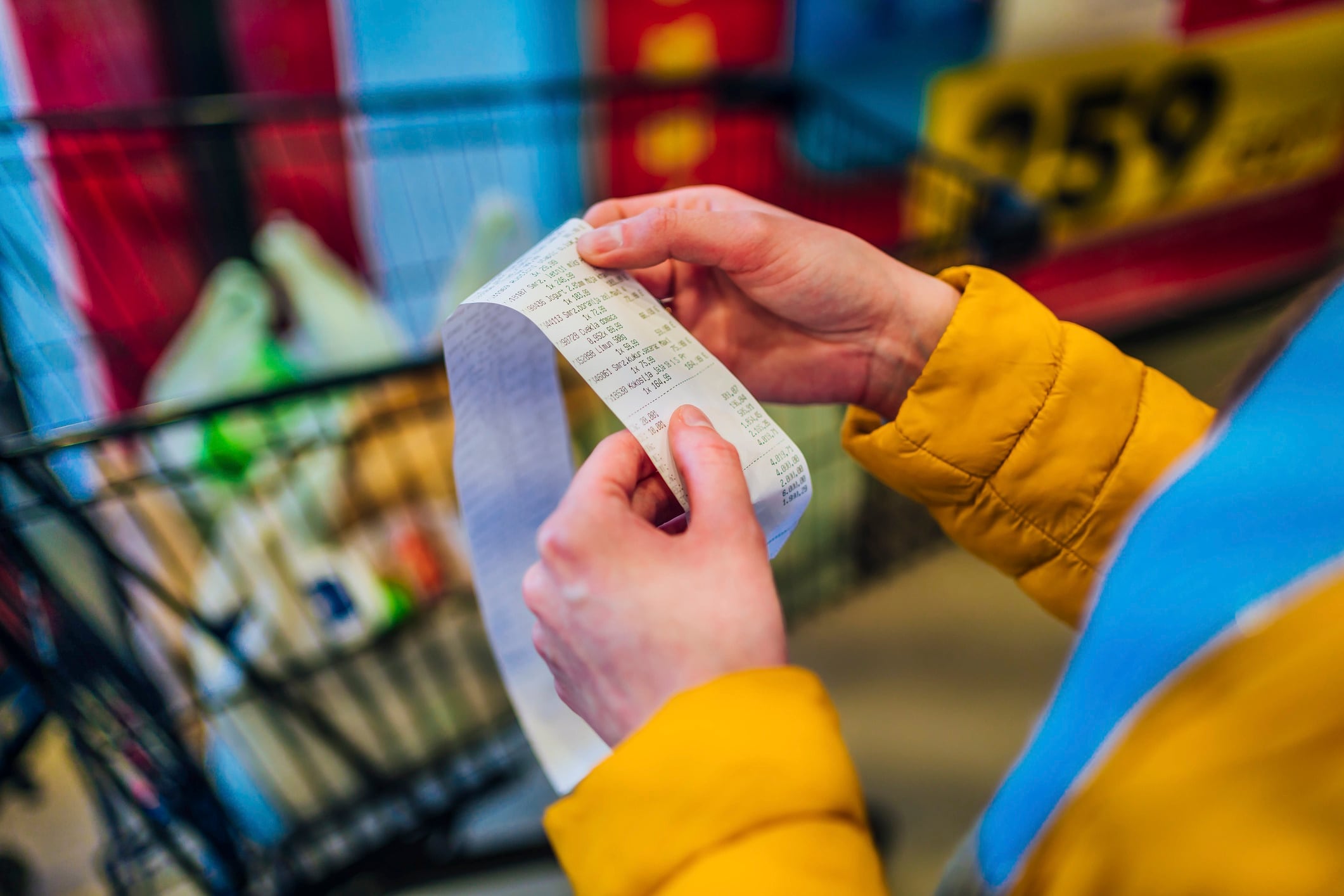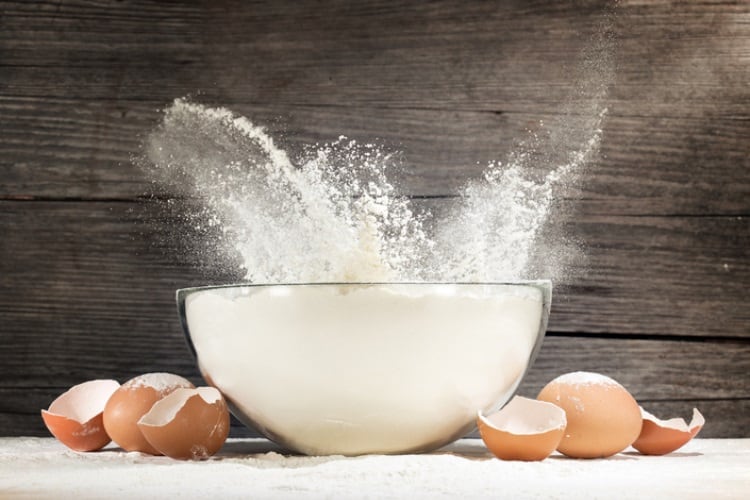The North American bakery sector has long been a finely balanced system, with Canada and the US deeply intertwined through shared supply chains, cross-border sourcing and mutual market access.
However, the recent trade tensions - marked by escalating tariffs and retaliatory measures - have exposed deep vulnerabilities in this relationship, prompting Canadian bakers to reassess their strategies for survival and growth.
In 2022, the US bakery sector was valued at over US$82 billion, with projections pointing toward US$97 billion by 2026, according to Agriculture Canada. Canada’s market, while much smaller at CA$16 billion annually, punches above its weight in innovation, employment (supporting 54,000 workers) and quality. But this disparity also exposes Canadian businesses to higher risks when trade turbulence hits.

For the Baking Association of Canada (BAC), the recent tariff fallout is more than a logistical hurdle - it’s a turning point. “The current tariff climate served as a wake-up call, highlighting Canada’s reliance on international trade, especially with the US and now China,” Denise Lee, BAC’s director of Food and Nutrition Policy, told this site. “These trade restrictions made it evident that to protect our economy, we need to strengthen domestic industries and reduce vulnerability to external disruptions.”
Ingredient inflation and disrupted dough

At the heart of the issue are skyrocketing costs and supply chain unpredictability. Flour, dairy, packaging and baking equipment - all core components of bakery operations - have been caught in the crosshairs. These are often imported or assembled with foreign parts, making them particularly susceptible to tariff-related price hikes.
However, she notes that Canadian bakeries are already adapting. “Many are negotiating more favourable terms with domestic suppliers and exploring innovative alternative ingredients to reduce dependency on imported goods,” she explains. “This proactive approach not only helps mitigate immediate financial strains but also sets the stage for long-term sustainability.”
While some raw materials like wheat and grains have strong domestic supply lines - Canada being a global wheat powerhouse - the transformation from crop to consumer-ready product often relies on a web of international interdependencies. For example, specialty baking fats or niche equipment components are not readily available domestically and are now significantly more expensive.
Lee is especially concerned about small and medium-sized enterprises (SMEs), which make up a sizable portion of Canada’s bakery sector. “The impact on our small and medium bakeries and associated bakery businesses, which may have less flexibility, would be more severe,” she says. Unlike multinational corporations with diversified sourcing and built-in financial buffers, SMEs often operate with tight margins and limited leverage.
Domestic resilience, international vision

Despite the immediate challenges, Lee sees the moment as ripe with opportunity. “By looking inward, we’re presented with an opportunity to reduce our dependencies and build resilience within our own borders,” she says. This sentiment is echoed in BAC’s policy recommendations, which include incentivising domestic ingredient production, expanding local manufacturing capacity and easing interprovincial trade - a longstanding barrier within Canada itself.
“Food security is fundamental,” she insists. “Strengthening local grain, milling and baking infrastructure ensures a stable, resilient supply chain.” This philosophy underpins BAC’s current advocacy push. Alongside industry partners, it’s urged the government to implement relief measures such as tariff exemptions for in-process goods, training support for workforce development and direct financial assistance for businesses modernising their facilities.
This isn’t just about mitigating loss - it’s about unlocking potential. “With targeted government support - such as tariff relief, financial assistance and strategic investments in agriculture and processing - we can safeguard the integrity of our supply chain while fostering an ecosystem that encourages innovation and environmental responsibility.”
Trade wars as catalysts for change

The political dimension of the trade conflict looms large. With Mark Carney recently assuming office as Canada’s new Prime Minister, many in the food manufacturing world are looking to Ottawa for clarity. Lee’s hope is that the Carney administration will treat the baking sector not merely as a casualty of trade tension, but as a strategic industry worth cultivating.
“The BAC continues to be a resource to the Ministers and urges the government to continue open dialogue with Canadians, businesses, industries, associations and global trading partners,” Lee says. Among the Association’s urgent asks: regulatory modernisation, interprovincial harmonisation and sustained investment in infrastructure and technology. “Canadian manufacturing must be prioritised,” she adds.
There’s also a growing emphasis on diversifying beyond the US market. “Canada’s G7 trade agreements offer pathways for bakery sector expansion and market diversification,” Lee continues, referencing ongoing work with Global Affairs Canada. “We were approached to educate trade commissioners on the bakery sector so they could speak to it globally - what do we offer, what are our best products?”
Interest in uniquely Canadian baked goods - such as Quebecois brioche or maple-infused treats - is growing internationally, especially in markets like Australia, the UK and parts of Asia. “I think there’s now more energy and drive behind it,” says Lee. “We now just have to highlight it and market ourselves a little better.”
The regulatory balancing act

Even as Canadian bakers grapple with tariffs, they’re also navigating a shifting regulatory landscape. Recent changes to front-of-pack labelling - part of Canada’s ‘Safe Food for Canadians’ initiative - have added new compliance burdens, especially around salt, sugar and fat content. While Lee recognises the importance of health-focused policy, she calls for proportionality.
“If the government is going to support this front-of-pack labelling, then they should provide the education to support it. And they have been, there are educational platforms out there … but I don’t know if it’s enough yet.”
The BAC has been vocal about functional ingredients like salt being unfairly ‘demonised’. In an industry where salt plays a structural and preservation role, overly simplified health messaging can mislead consumers and undermine the value of traditional products.
Health trends and consumer shifts

Meanwhile, broader wellness trends are reshaping consumer behaviour. Canada hasn’t yet felt the full impact of GLP-1 drugs like Ozempic in altering eating habits - unlike in the US, where these medications have already dented snack and bakery sales. But Lee is watching closely.
“Bread is traditionally … viewed as unhealthy,” she acknowledges. “That’s a hard thing when you’re looking at moderation and balanced eating in general. You still need a little bit of salt and fat.”
There’s also cautious optimism around Canada’s slower uptake of hyper-processed baked goods and artificial ingredients. The country’s regulatory environment - which often shadows EU and US trends - has so far avoided drastic shifts but remains under pressure from evolving consumer sentiment.
Interestingly, avian flu-related egg shortages that have plagued the US in recent years have largely bypassed Canada, thanks in part to colder climates and more dispersed farm infrastructure. However, butter shortages and sugar import disruptions have provided their own headaches. “There was a big crazy butter increase. And trucks of eggs being stolen at the borders … it all adds up.”
Innovation, not isolation

Despite the pressures, the industry appears united in turning crisis into opportunity. “There are a lot of companies, especially among our board members … that are wanting that innovation and that push to go,” says Lee. “So now’s the time to push.”
Innovation - both in product development and business models - may ultimately define the next era of Canadian baking. Whether it’s expanding into e-commerce, automating facilities or leaning into regenerative agriculture and plant-based ingredients, the sector is poised for transformation.
“This is an opportunity for the government to support industry,” Lee reiterates. “Not just bakery - I’m going to say yes, please support our bakery industry - but I know there’s a lot of food companies going through the same thing.”
In an industry built on consistency and craft, the current moment feels volatile - but also full of promise. “Better innovation, better technology, better products, better ingredients. There’s a lot of ‘betters’ that can come from this,” says Lee.
Despite a heated political environment, one thing is clear: the Canadian baking industry isn’t retreating. It’s recalibrating - determined to rise, much like its product of choice.





